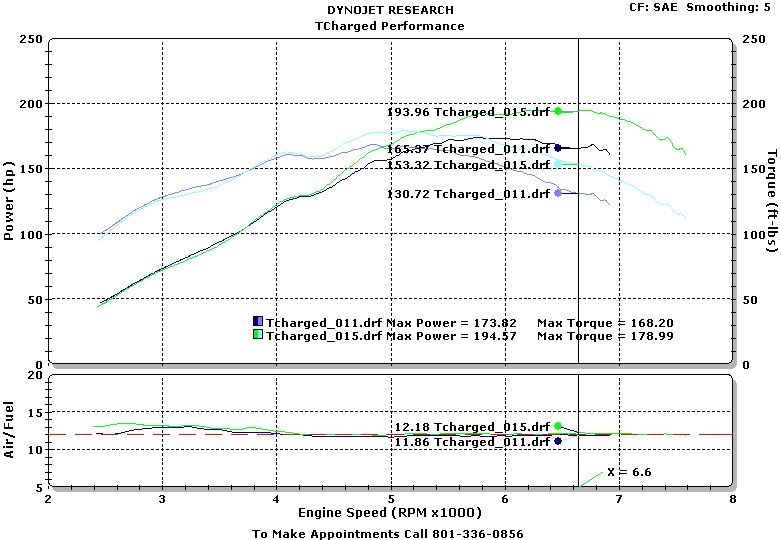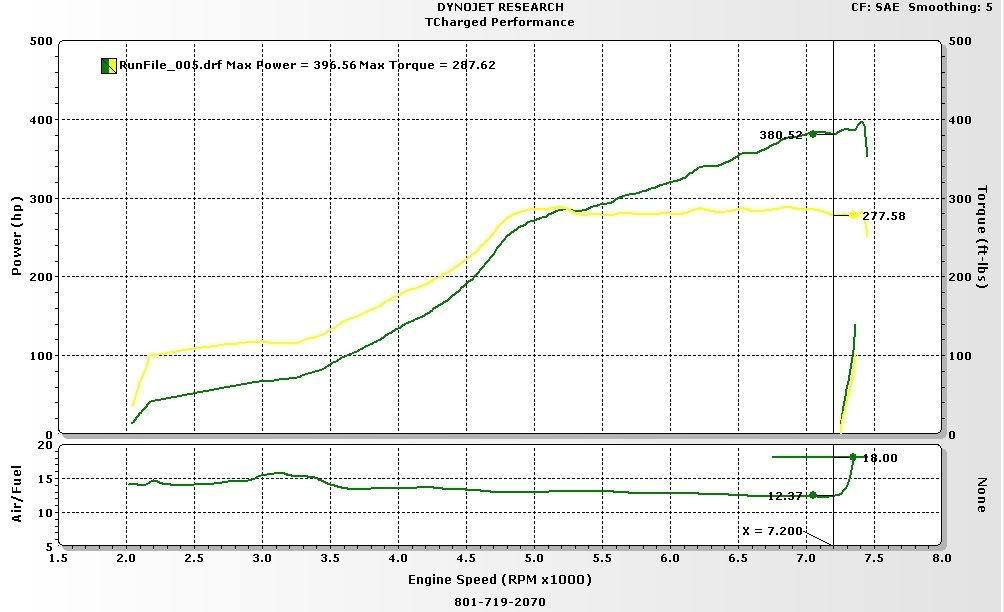
The other truth is the fact that the higher the turbine speed, the more backpressure. This is something that seems to be overlooked.

Now let’s go into the other workings of the engine. Higher boost is not the cure-all for high altitude engines. More boost will lead to more engine blow-by.

Having a higher PR means the air is being compressed more, regardless of boost pressure. Even if boost is 2.2psi lower at high alt than sea level, the PR will still be higher. The more the air is compressed, the more heat is produced. The more heat, the more volume, the less dense the air is.
Now your beard and plaid flannel are really shining through here. WTF less oxygen concentration at altitude? Makes sense, but I never thought about it. It's time to move to the coast man!








 Be the first to like this post.
Be the first to like this post.





 Back to top
Back to top
